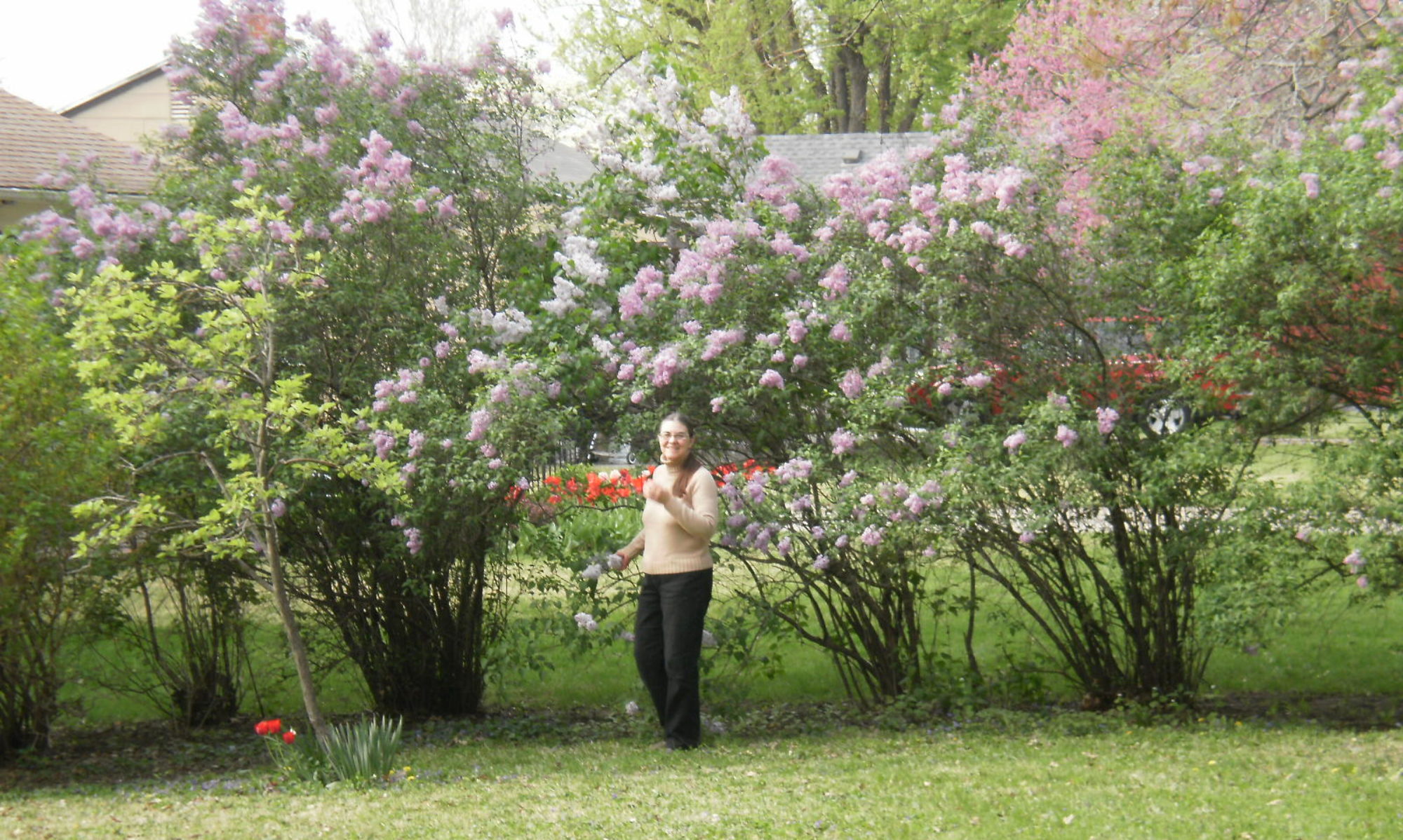My husband and I binge-watched Game of Thrones a few months ago, at least the last several seasons we hadn’t seen. I followed this with a binge of Lord of the Rings–Peter Jackson’s great films. I have now moved on to Buffy the Vampire Slayer and will follow that with Babylon Five. I actually own all of these so I can watch deleted scenes, interviews, “making of”, and anything else my little heart desires. I especially love the “making of” bits. I like seeing how and why what was done was done. The details–set design, costumes, special effects, and all fascinate me.
I love film and well done television. I actually also love live theater, but that’s not happening right now. Books are amazing, and I read obsessively, but I really like seeing someone’s idea of how something should be brought to life on the screen, the television, or the stage. And it’s always fun to see a new or different interpretation, a re-imagining. Jane Austen, Shakespeare, Sherlock Holmes all have been remade a hundred times, and I’m always fascinated. The real reason I wrote Beloved Lives was because The Hunger was such a great re-imagining of the vampire world that I wanted to see the same take on The Mummy. I was not impressed with the new films, so I wrote my own version. I’d love to see it be a movie some day. Not holding my breath, though.
Writing can be somewhat collaborative, but mostly it’s a solitary affair. On the other hand, making a film calls on the talent of a vast number of people. Even the shoestring-budgeted indie, Pi (not to be confused with Life of Pi--see info at https://www.imdb.com/title/tt0138704/), had quite a few people to pull it together.
A film can be made or broken by the strangest things. A bad director can get a lack luster performance from a great actor, the wrong music can kill a film. Terrible special effects can turn a potentially great film into a laughable cult classic. But when it all comes together in the right way, when all the moving parts mesh, the result can be epic.
One of my favorite books by the late Dick Frances is Wild Horses about the madness that surrounds making a film. In the end, a mystery is solved, a great film gets made, and everyone hates the director and treats him badly, but he doesn’t care because he’s already thinking about his next film. That’s kind of the way I write. I don’t write great things, at least not in my opinion. But I enjoy writing and sharing what I’ve written. If no one likes it or reads it, never mind. I’m on to my next book or story or article or blog post. And if anyone ever decides to turn any of what I write into video, I’ll be fascinated to watch how it was made.
Image: Jonathan and friends settled in for a binge. By Marilyn Evans.



